

Analysis of Employment Type Trends Across Nine Major Job Sites in April 2025
April 2025 Employment Trends Analysis
In a recent report released by Frog Corporation (located in Chiyoda, Tokyo, and represented by CEO Kōko Sakano), job posting data from major recruitment sites have been thoroughly analyzed to reveal employment trends and wage growth across various employment types for April 2025. Employing big data analytics, the report examines part-time, temporary, and full-time employment gathered from various job platforms, providing critical insights into regional disparities in wage growth across Japan.
Overview of Findings
During the spring negotiations for the year 2025, the average wage increase amounted to ¥17,358, corresponding to a growth rate of 5.42%. This result signifies a substantial increase compared to previous years, reflecting a heightened willingness among companies to raise salaries. The question arises: how are wages changing across different regions?
Part-time Employment:
Analyzing part-time wages, the report indicates that the top three regions demonstrating the most significant wage increases (compared to the previous month) are:
1. Iwate Prefecture: +¥81, with an increase rate of +7.27%
2. Aomori Prefecture: +¥79, with an increase rate of +7.24%
3. Fukui Prefecture: +¥80, with an increase rate of +6.80%
On the contrary, the worst three performing prefectures in this category are:
- - Kanagawa Prefecture: -¥1, -0.07%
- - Osaka Prefecture: -¥2, -0.15%
- - Nara Prefecture: -¥6, -0.49%
Comparative analysis of Iwate with the lowest-ranked Nara shows that Iwate’s wages were significantly boosted by high-paying tutoring jobs posted from June to July 2024, and again from March to April 2025. Meanwhile, Nara’s wages have plateaued since July 2024.
Temporary Employment:
Similar trends are observed in temporary employment, with the leading regions being:
1. Akita Prefecture: +¥83, with an increase rate of +7.29%
2. Shimane Prefecture: +¥65, with an increase rate of +5.37%
3. Aomori Prefecture: +¥58, with an increase rate of +5.14%
The worst performers in this category include:
- - Tokyo: -¥11, -0.60%
- - Okinawa: -¥23, -1.84%
- - Miyazaki: -¥43, -3.69%
Akita gained traction due to multiple temporary job listings over ¥1,200 per hour, which significantly raised the average hourly wage. Conversely, Miyazaki saw a decrease influenced by the expiration of higher-paying positions starting from January 2025.
Full-time Employment:
In the full-time sector, the regions that experienced the most significant growth in wages include:
1. Okinawa Prefecture: +¥3,152, +1.22%
2. Aomori Prefecture: +¥2,550, +1.06%
3. Yamagata Prefecture: +¥2,125, +0.89%
However, the bottom three were:
- - Toyama: -¥1,354, -0.56%
- - Fukui: -¥2,439, -1.01%
- - Kochi: -¥2,841, -1.15%
A comparative look at Okinawa and Kochi indicates that while Okinawa’s wages have shown an upward trend since July 2024, Kochi plateaued after a surge due to high-paying job offers from a manufacturer.
Research Methodology
The analysis utilized job posting data collected from various recruitment platforms between March 4, 2024, and April 7, 2025. Different employment types including part-time, temporary, and full-time were examined, with calculations based on minimum wages listed in job postings.
This report serves as a vital reference for industry stakeholders to understand current wage trends and employment dynamics across prefectures in Japan. By leveraging big data, the insights derived can guide strategic decisions for businesses and job seekers alike, contributing valuable knowledge to the employment landscape in Japan.
About Frog Corporation
Frog Corporation harnesses data from over 150 job sites in Japan, aggregating nearly 4 billion job postings since 2014. This comprehensive data provides valuable insights for market analyses in the human resources sector, as well as for governmental and media use while tracking job market trends. Founded on January 5, 2021, and based in Chiyoda, Tokyo, Frog Corporation serves as a leading provider of recruitment big data services, helping stakeholders across various industries navigate the evolving employment landscape.
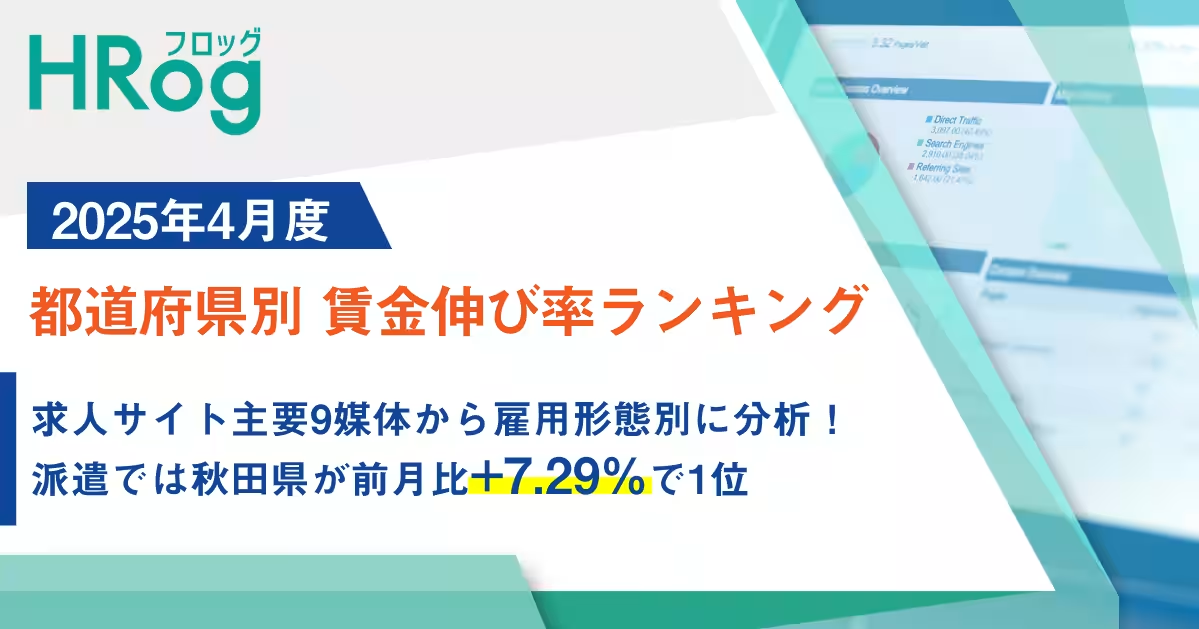
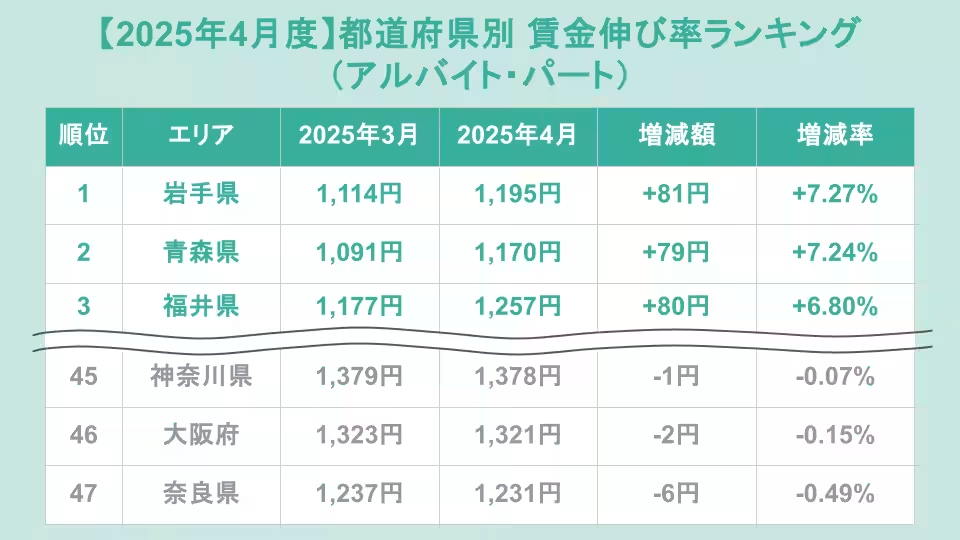

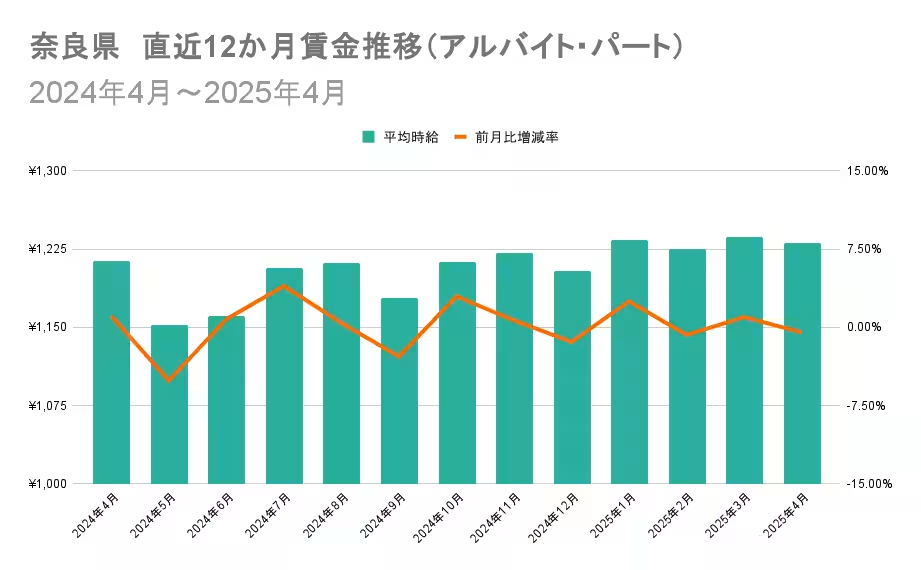
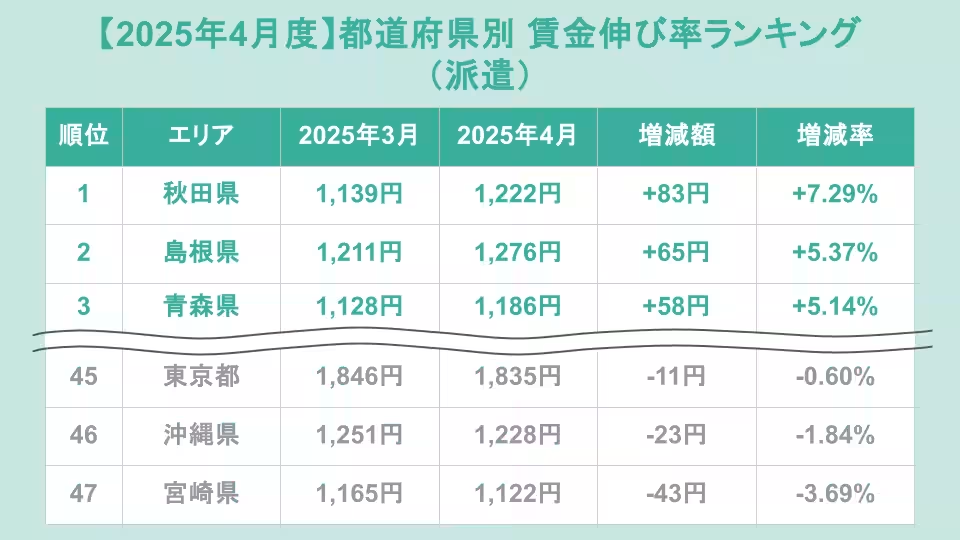

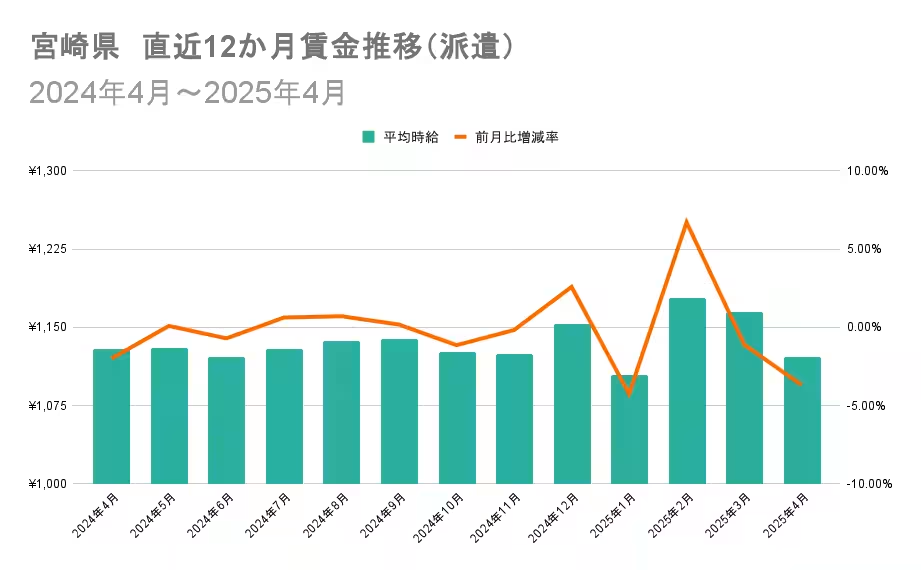
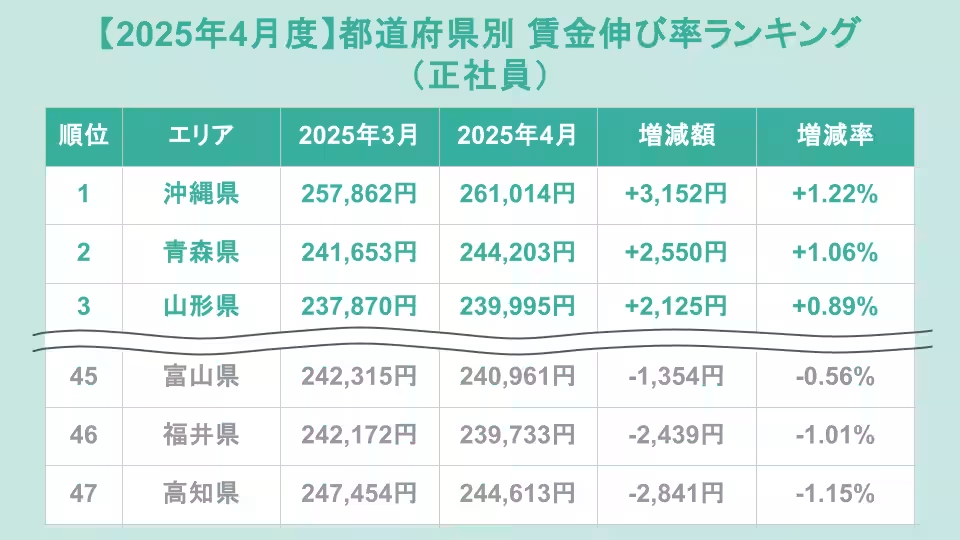
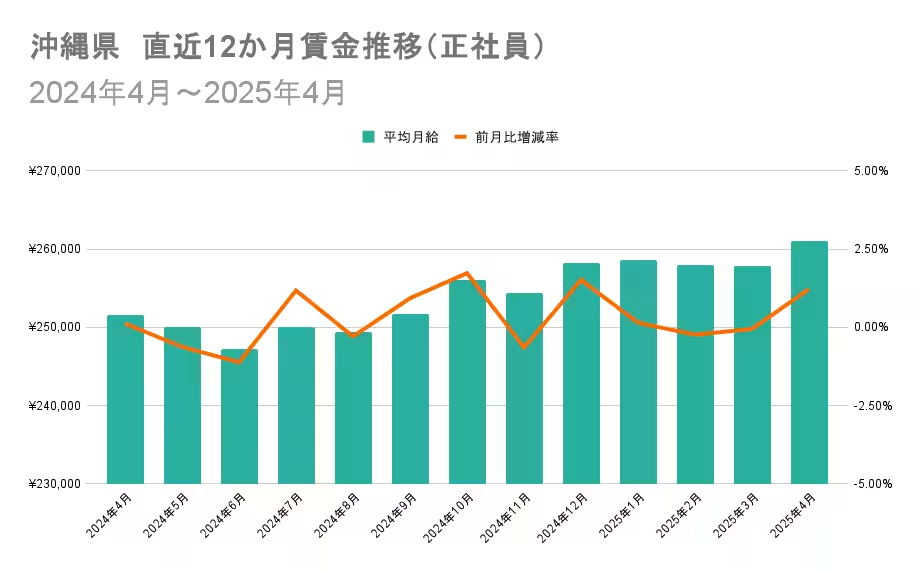
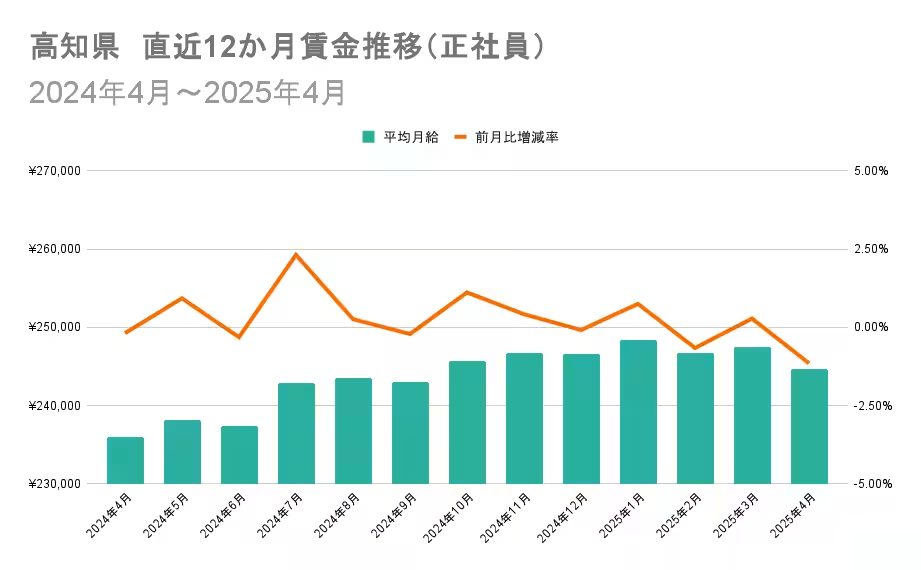
Topics Business Technology)










【About Using Articles】
You can freely use the title and article content by linking to the page where the article is posted.
※ Images cannot be used.
【About Links】
Links are free to use.